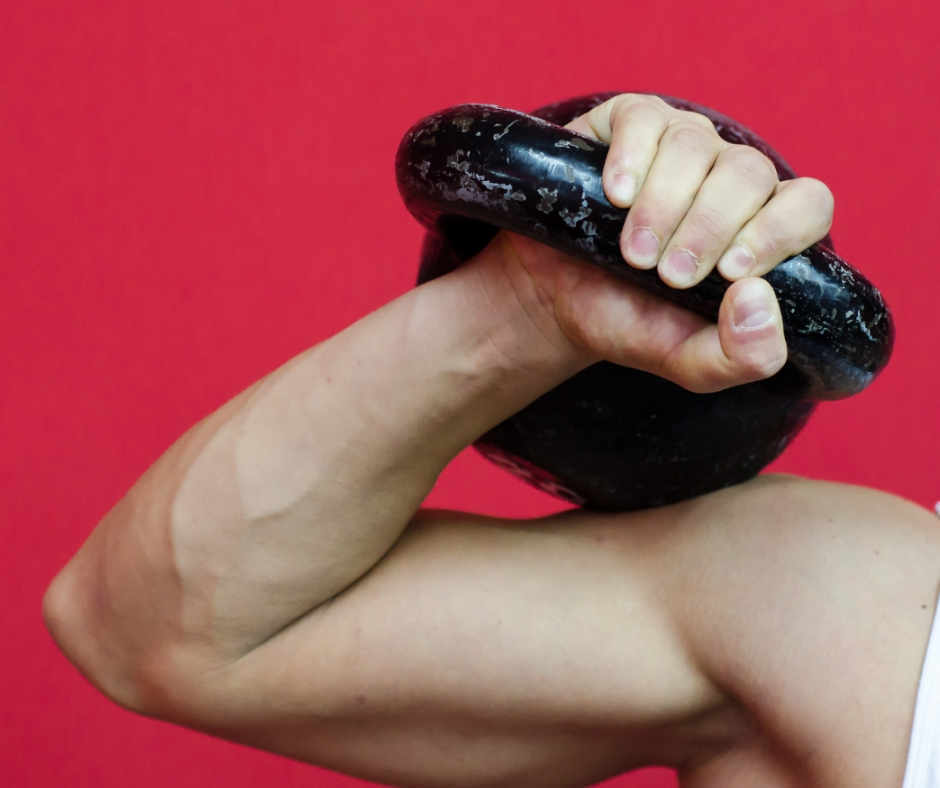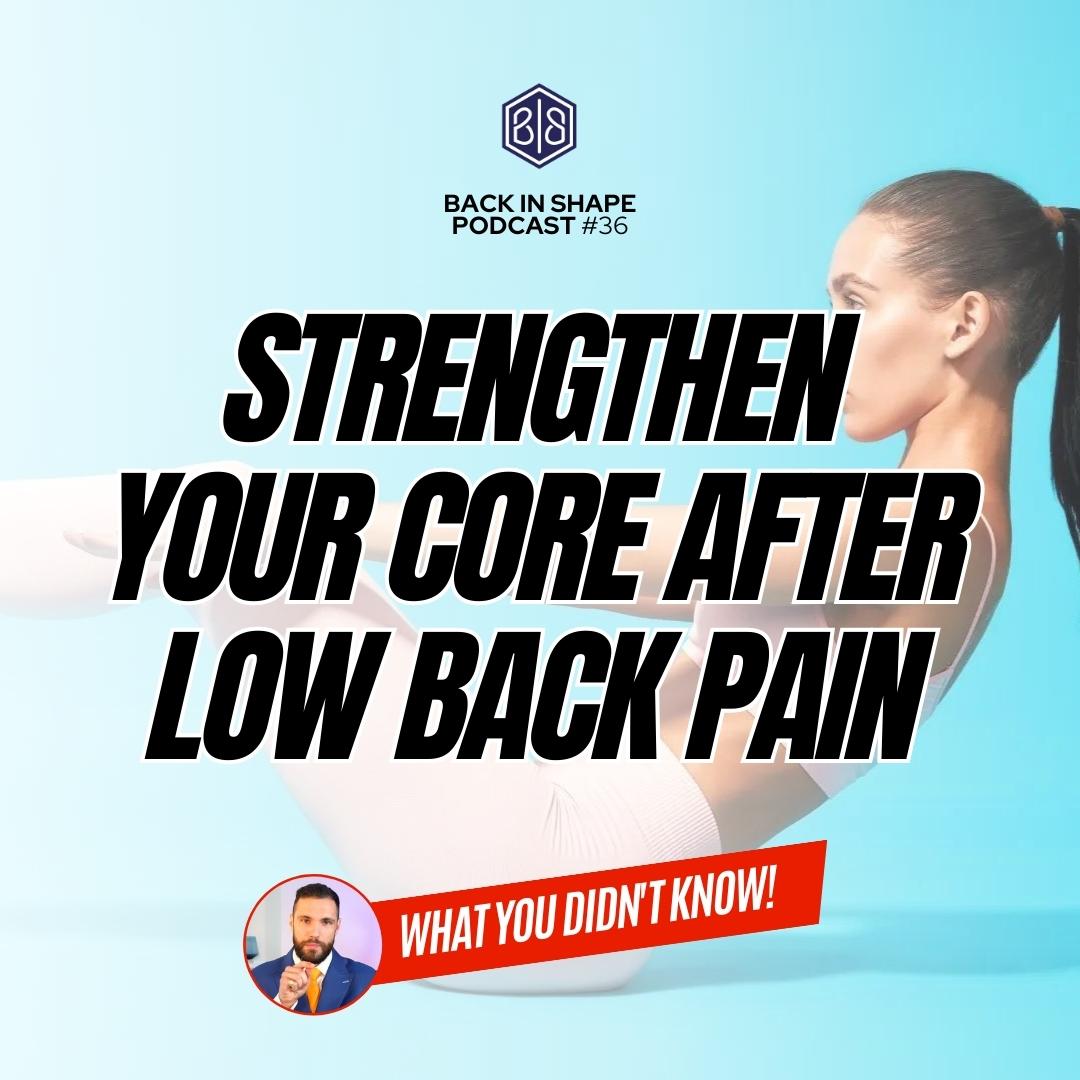So what exactly is a weightlifting belt and why do people use them? A weightlifting belt is a similar device to a lumbar back support. It cinches in the lower back to make it feel stable and supported. For a competitive weightlifter, this can mean that you’ll be potentially able to lift a higher weight because it’s providing you with that extra support.
Placement Of A Weightlifting Belt
When you put on a weightlifting belt, most of the time they will sit above the iliac-crest, this is something we demonstrate in our video on the right of this page. In this position, it will provide a substantial amount of compression which stabilises the lumbar spine, but it will miss the lumbar sacral junction because this is below the iliac crest. This means that only part of the spine is being effectively supported. When you understand that the structure of the spine is designed to move in uniform so that no one part of the spine gets stressed or strained more than another, you’ll understand that only supporting part of the spine would be bad.
The most common discs to become injured or herniated in your spine are the L5-S1, followed closely by the L4-L5. The lumbar sacral junction sits at L5-S1, so isolating this region outside of a weightlifting belt and putting extra strain on an area that may be strained on a regular basis – is going to have some bad consequences for the health of your lower back. If you imagine when you’re wearing the belt and you do a heavily weighted squat, if you get to the bottom of the squat and your bum tucks under to get some extra range of motion, all that motion will go through the lumbar sacral junction which will only serve to squash those discs very nicely.
Why Weightlifting Belts Are Not Advisable
You can probably tell by now that we’re certainly not in favour of using weightlifting belts. They fundamentally, negatively impact the way in which you use your lumbar spine. Unless you’re using them for a one off competition, as previously mentioned as an elite or competitive level powerlifter, they go directly against the reason why you would train – to get stronger. You lift weights and train so that you can become stronger, when you use a brace you would actually stop some muscles from working because the weightlifting belt does the job that your own abdominal muscles should be doing.
When we personally see people wearing weightlifting belts around the gym, sometimes they’re wearing them not even for leg work which is where their perceived benefits lie. For the health of your spine, and to continue training in the long-term you should really refrain from using a brace or weightlifting belt and revert back in weight to build your strength back up. If you drop down weights and start to build back that strength and reintegrating full body movement by doing squats, deadlifts or whatever exercises you’re currently doing and actually allow your core to get involved in the movement. It’s going to be much, much safer for the lower part of your lumbar spine, you’ll have less disc compression and you’re much less likely to need to come visit a clinic like ourselves in order to fix the problem.
If you’re struggling with back pain or it’s stopping you do the workouts you want then check out our back pain program that can help you from home if you cannot make it to visit us for treatment at the clinic.

Help Back Pain & Avoid Belts
We’ve created a program to help people all over the world just like you effectively rehab their back and avoid the feeling of vulnerability that leads to mistakenly using belts and the like. Join us today and start getting your Back In Shape.
Weightlifting Belts & Back Pain
Using a device like a weightlifting belt can also mask injuries that are potentially brewing as a result of incorrect form as well. For example, if you’re regularly lifting weights but you do it with bad form – you’re quite likely to injure yourself. The right thing to do at this point would be to take a step back, reduce your weight and focus on correcting your form, maybe even seek treatment if it’s been recurring problem and it’s causing you quite a bit of pain. To purchase a weightlifting belt instead and ignore the pain because a belt will help stabilise your spine and therefore takes away some of the pain, would be the wrong move. Your form would still be suffering because you haven’t corrected it, and you risk injuring yourself much quicker or making an existing injury much worse. Wearing a belt regularly will also detrimentally affect your core and back strength, because when a muscle is not being used it will waste. But the stress on your core and back is what will make it stronger in the long run and allow you to lift higher weight, rather than relying on a belt in order to lift heavier.
So if you own a weightlifting belt, or you were thinking of purchasing one, we would certainly encourage you to reconsider to understand if it’s a purchase you’re thinking of making purely just so you can lift heavier weight. ‘Ego-lifting’ is definitely a fast way to injure yourself, and that would require you to take time away from lifting weights altogether. Instead, if you think you could benefit from extra support in your core and lower back, you need to train those muscles and start lifting heavier because you’re actually training those muscles and becoming stronger, rather than trying to lift something that’s beyond your capability. Using whole body movements will mean the exercises you’re doing will train your body as it should, and not cause any or further harm to your back.
Contact Us.
Email Us
info@themayfairclinic.com
Call Us
0203 947 32 22
Clinic Address
4 Cavendish Square, London, W1g 0PG.
